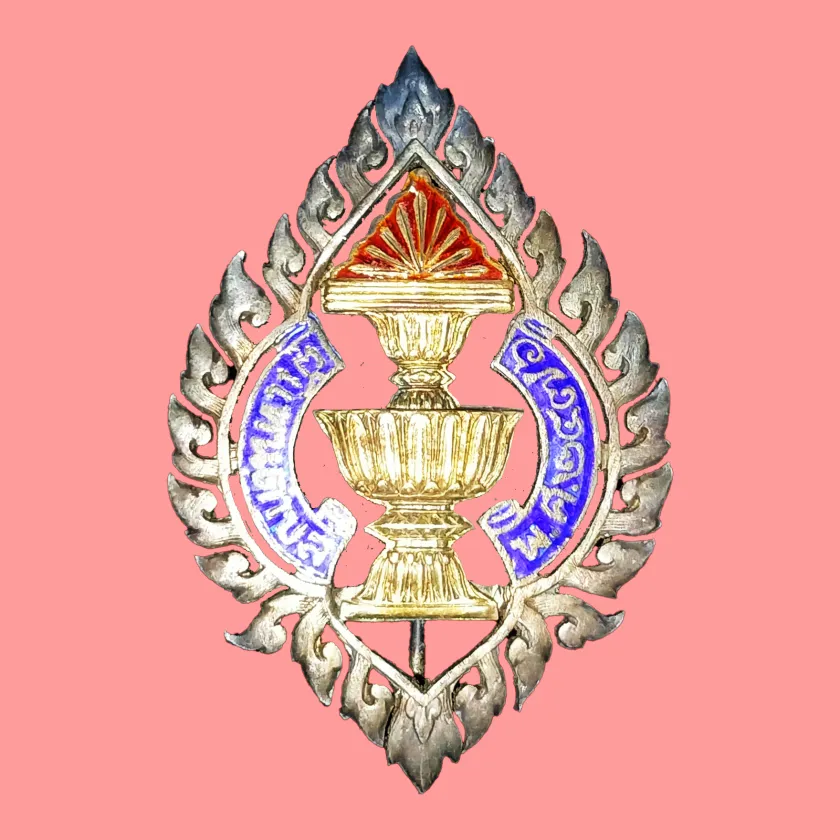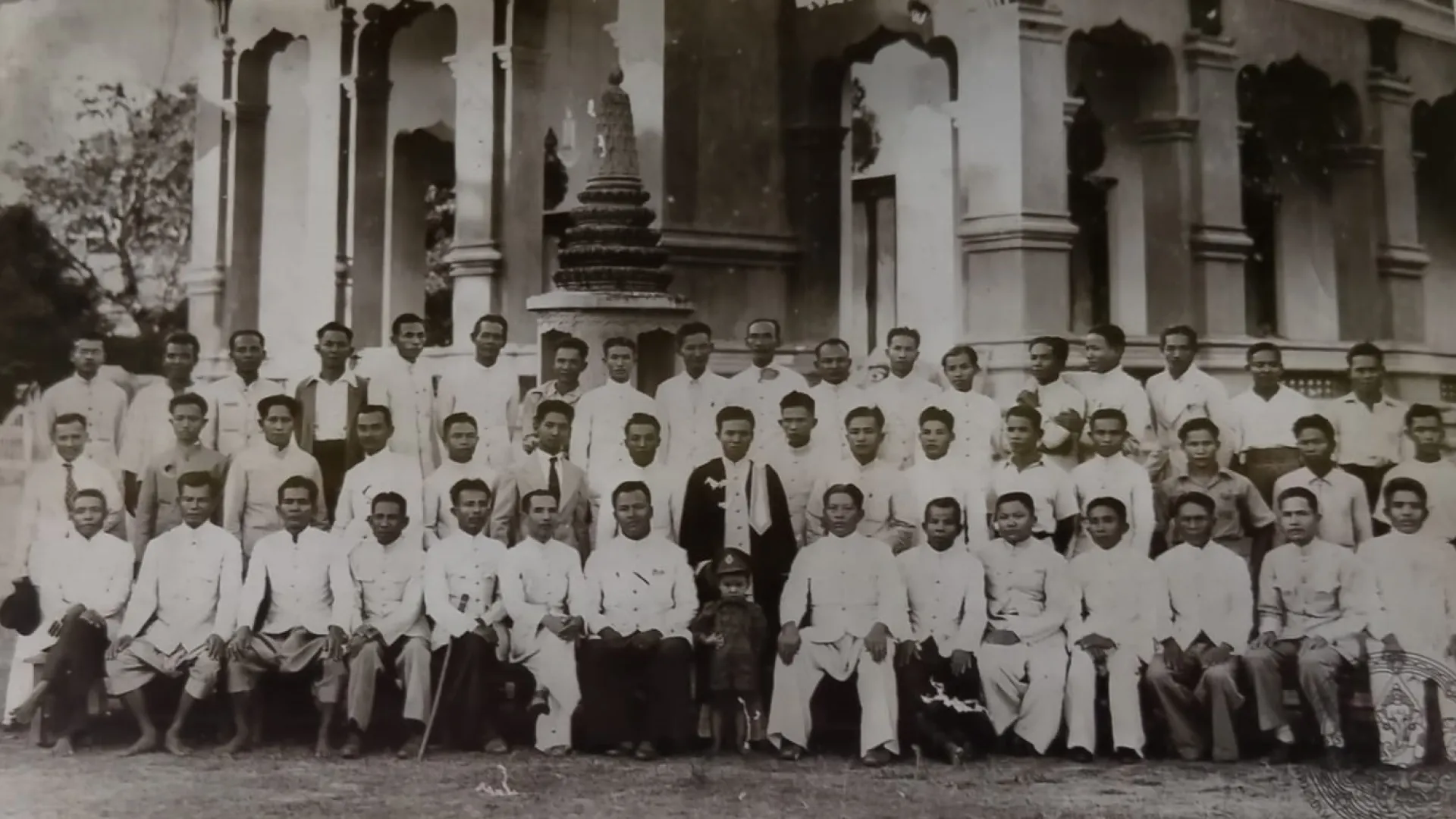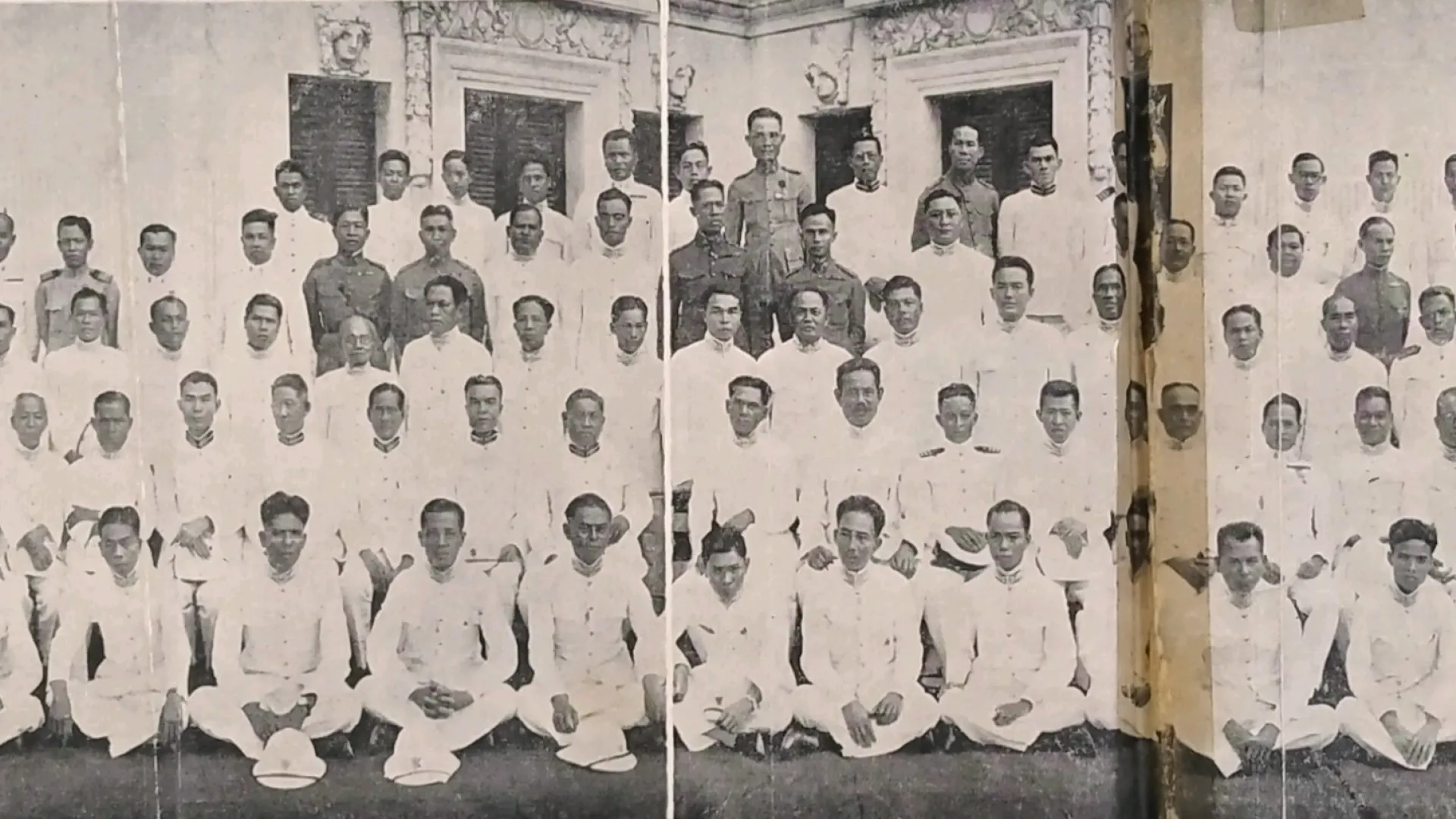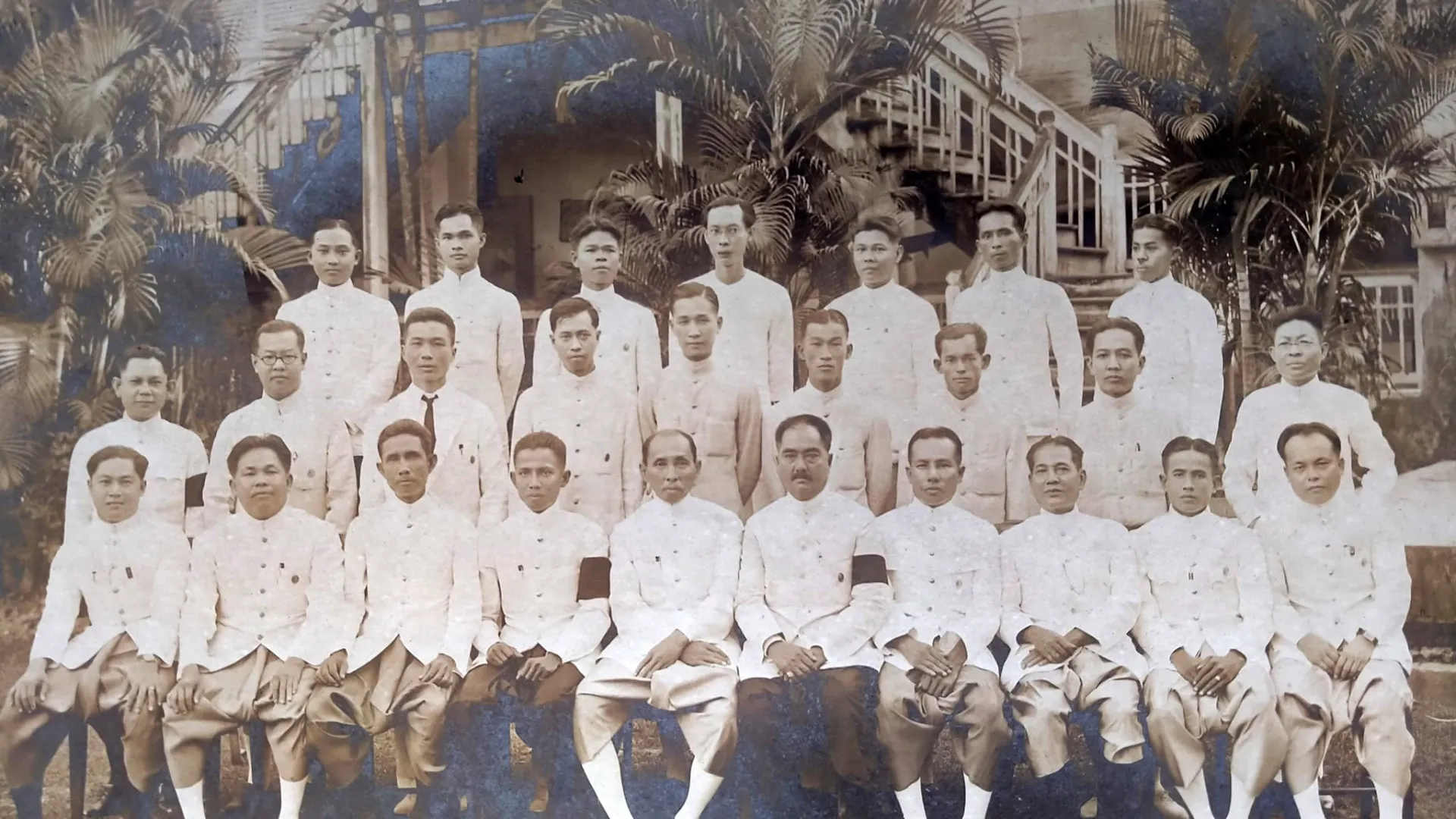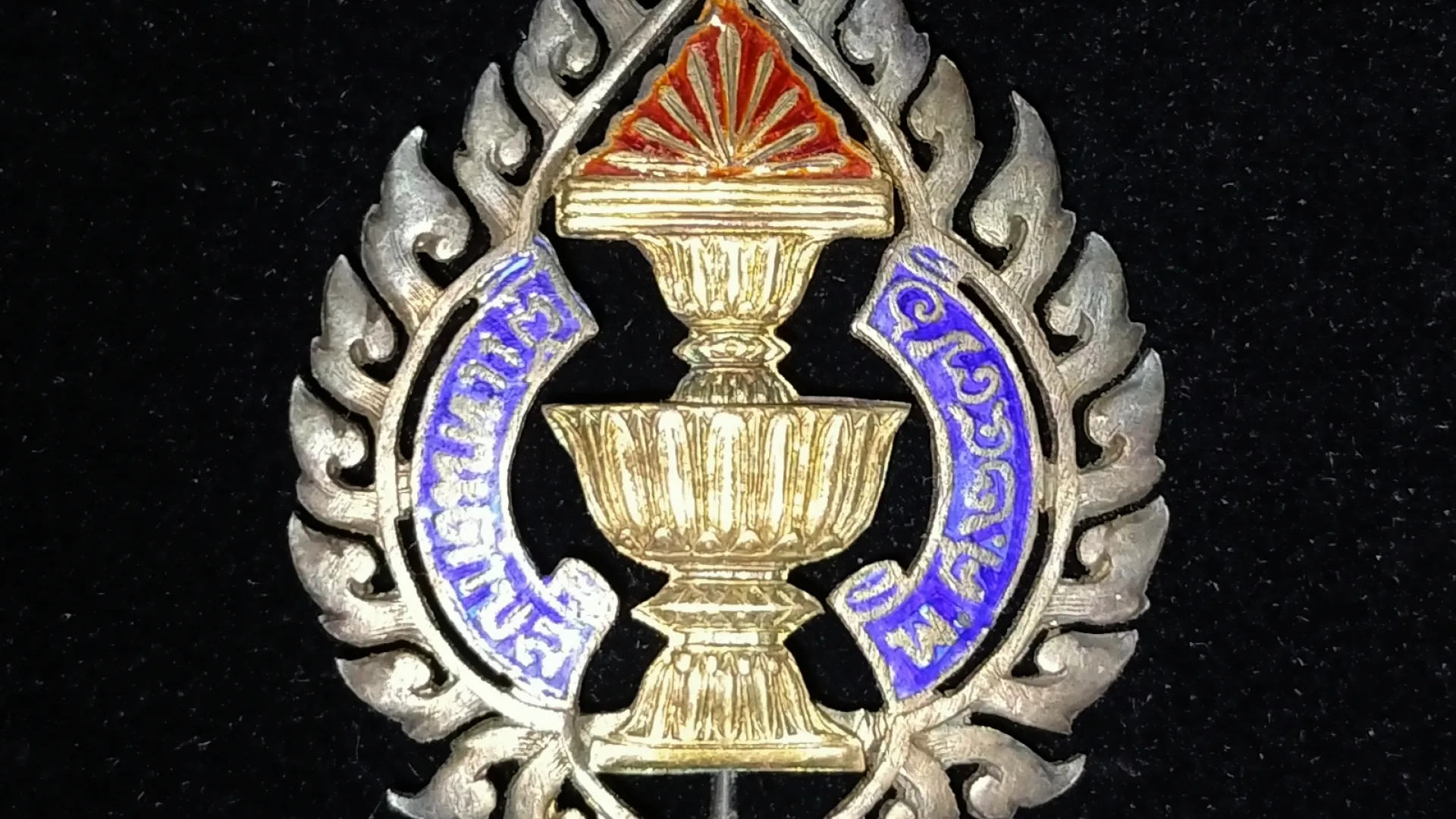When Siam transitioned to a constitutional monarchy where sovereign power belonged to the people, the 1932 Constitution of the Kingdom of Siam stipulated that the House of Representatives would exercise legislative power on behalf of nearly 13 million Siamese people. The House of Representatives consisted of two types of members: Type 1 members were elected by the people, with one representative per province; if a province had a population exceeding 200,000, it could elect one additional representative for every 200,000 people. Type 2 members were appointed. The first election in Siam was held between October and November 1933, a period following the new regime's recent crisis from the dissolution of the Phraya Manopakorn Nitithada government in April 1933. This election was indirect; that is, the people first elected local representatives, who then elected the national representatives. Despite the ongoing civil unrest from the Boworadet Rebellion, the elections proceeded smoothly, resulting in a full slate of representatives from all provinces. The first election also reflected the progress of the new regime in granting voting rights broadly to citizens aged 20 and older, regardless of economic status or educational background. Women were also given the right to stand for election as local and national representatives.
Following the conclusion of the first election, Mongkol Ratanavijit, a representative from Nakhon Si Thammarat, proposed a motion in the House of Representatives in January 1934, requesting that the government create an honorific badge for local representatives. The intention was to recognize the trust and leadership of local representatives and set an example for the people. The government agreed and drafted the "Local Representative Badge Act," which was passed into law by the House of Representatives on September 1, 1934. The local representative badge was a silver enamel pin, 4.5 cm high and 3 cm wide, shaped like a constitution radiating gold rays against a red enamel background. The left side bore the text "Local Representative," and the right side displayed "1933" against a blue enamel background within a lotus border. This badge was to be worn on the left breast only by local representatives. There were penalties of imprisonment and fines for anyone other than a local representative who wore this badge. If a local representative who had been awarded the badge passed away, their heirs could keep the badge as an honor but were prohibited from wearing it.
The government distributed the local representative badges to 4,743 local representatives nationwide, with each provincial representative assigned to distribute them, except in Bangkok, where the Prime Minister handed them out during the 1934 Constitution Celebration. The local representative badge became a symbol of honor for those who had been trusted by the people to represent them in each province. Although the role of local representatives officially ended after the first national election in 1933, those who wore the badge continued to act informally as intermediaries between the people and the national representatives and assisted the government without compensation. Their contributions included disseminating information about the new regime, communicating state matters to local people, and aiding in government work as municipal advisors and education inspectors for the Ministry of Education. Additionally, local representatives served as a resource for people to present their problems or grievances to the authorities. As the new regime decentralized power and granted local governance rights through municipal forms, many former local representatives entered local politics by running for municipal council seats.
